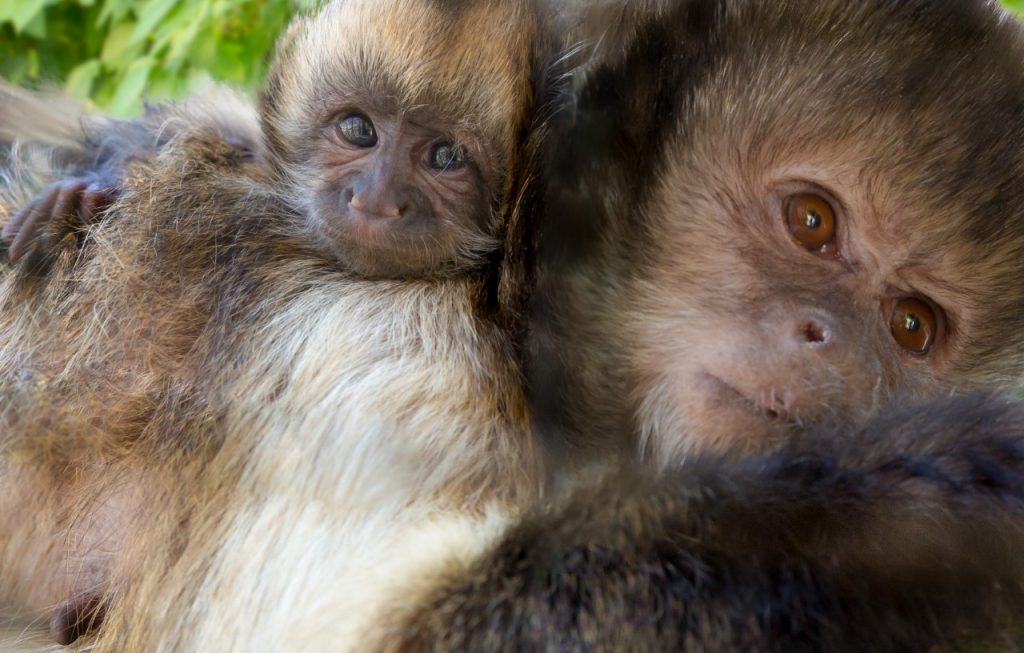Case Discussion Section
Sometimes, we are faced with clinical cases and/or critical care cases that can serve as excellent teaching lessons for students, lay people, and even our colleagues. These revolve around interesting animals, circumstances, and/or challenges that we have to face, problem solve through, and try to resolve for the best of the animal in question. The papers in this section share the details of these cases – background / case history, problem solving approach, initial / final results of the approaches, etc. It is NOT a section where every presentation has resolution, rather the focus is on the problem solving thought process(es) and generating discussion. It can be an avenue to solicit suggestions from the audience of our peers on difficult cases that have not been resolved or it can be a case presented to highlight creative problem solving for a difficult case. Abstracts are requested for these cases, written in such a way as to guide the discussions, rather than reveal the final resolution (if one even exists).
EXAMPLE Abstract
WHAT GOES AROUND COMES AROUND. THE CASE FOR TRANSFAUNATION.
Mike Maslanka, MS,1 and Amanda Guthrie, DVM, Dipl. ACZM2
1 Department of Nutrition Science, Smithsonian Conservation Biology Institute, Washington, DC, USA
2 Virginia Zoo, Norfolk, VA, USA
Two red pandas (Ailurus f fulgens) were born at the Virginia Zoo in June 2014. One weaned as expected and consumed “normal” amounts of a diet which included bamboo, nutritionally complete feeds, and produce. The other weaned onto bamboo, and would not consume any of the other diet ingredients. At six months of age, the animal was found hypothermic and hypoglycemic, and had lost weight (weighed 0.9 kg at 6 months of age). Veterinary treatment was initiated quickly to stabilize the animal which included fluids, antibiotics, and tube feedings. Many options were tried to encourage consumption of something in addition to the bamboo to no avail. Usually not even on the list of alternative food items to try is feces. However, with so many probiotics on the market now, espoused for their ability to improve human health, why would we not consider getting the bacteria right from the best source possible – a healthy conspecific?
Points to discuss:
- Has anyone used transfaunation with their collection? Which animals and to what end?
- Would we consider there to be a downside of this option in any situation?
- Do you have collection animals now that might benefit from this? Who and what is the situation?
- How to overcome challenges with delivery?








